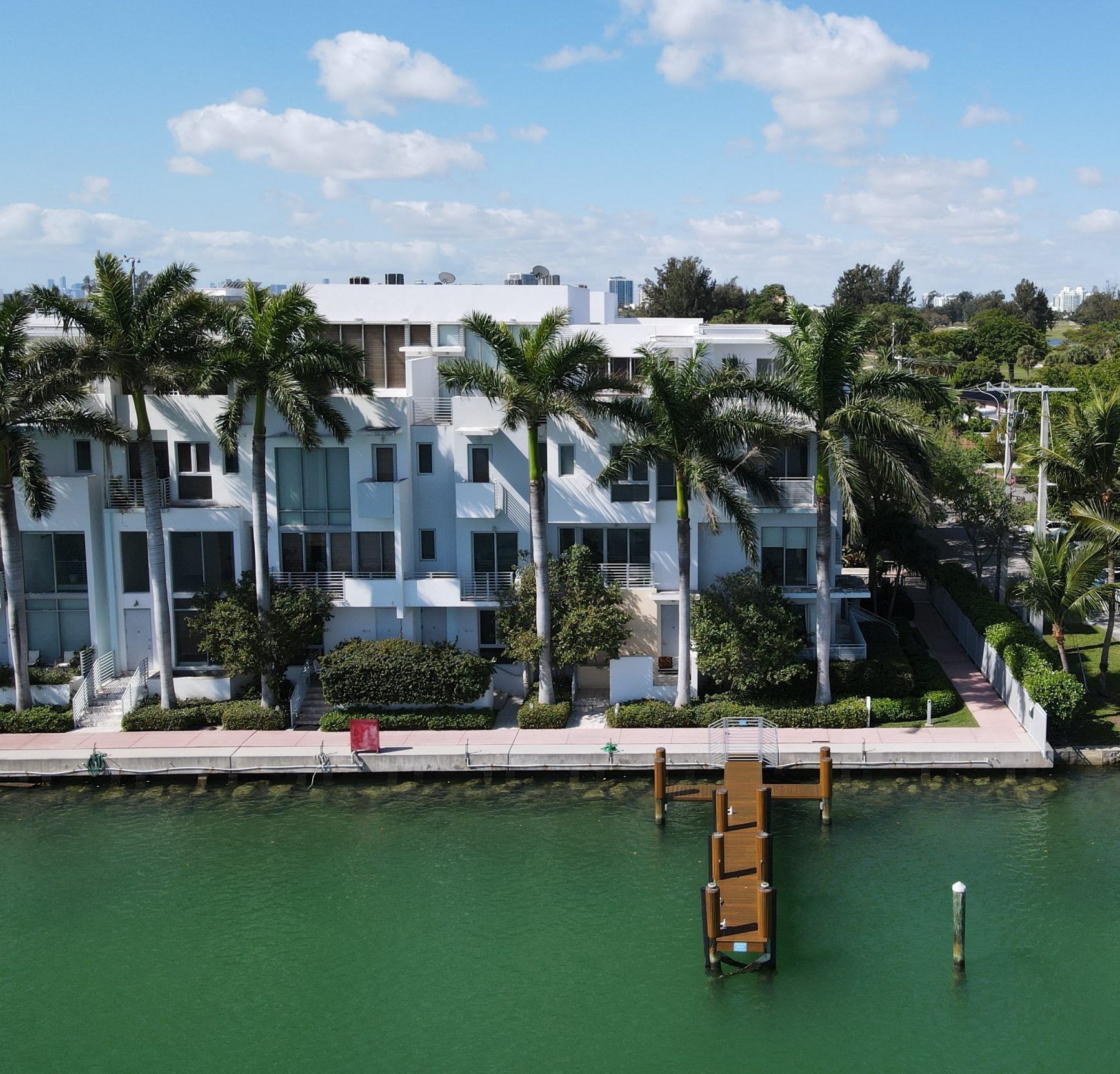Miami, once a small town of 444 residents in the late 19th century, has evolved dramatically.
It emerged as a tourist destination in the early 20th century and then experienced a significant shift with the arrival of Cuban immigrants after the 1959 revolution, altering the city’s fabric.
Presently, Miami-Dade County is home to 51% of its 2.76 million residents born abroad, primarily of Hispanic origin, dominated by Cuban, South American, and Central American ethnicities.
The allure of Miami’s real estate market is evident as Latin Americans, particularly Argentinians, Colombians, and Venezuelans, significantly influence property acquisitions, whether for residency or investment. Mexicans, though lower in ranking, opt for higher-end properties compared to Argentinians who prefer more affordable options.
Following the 2008 market collapse, which significantly affected the local Latino communities, Miami has experienced a resurgence. Post-pandemic, soaring demand for properties is observed not just from Latin Americans but also Canadians, New Yorkers, and Californians, drawn by the climate and low taxes, adding to the market pressure alongside Latin American investors.
For Latin Americans, historical reasons anchor Miami as their favored investment destination, offering stability, low taxes, and dollar profitability in contrast to the political and economic fluctuations in their native countries. Miami’s cultural proximity to Central America and the Caribbean, compounded by the prevalence of the Spanish language, attracts these investors and serves as a historical symbol of status for many.
Additionally, Miami is an economic hub for Latin American markets, hosting nearly 1,400 multinational companies, handling 40% of total commercial exchanges with the region.
The influx of Venezuelans, Nicaraguans, and other Central Americans has been influenced by political scenarios in their home countries, whereas economic crises have historically driven Argentinian investments in Miami.
Miami’s solid economy, excellent infrastructure, and the prevalence of the Spanish language play pivotal roles in attracting Latin American investors seeking stability, security, and higher-quality living standards.
According to a survey conducted by Real Time Data (RTD), the majority of Latin American investors, including Argentinians, Bolivians, Mexicans, and Peruvians, prefer Miami for real estate investments, emphasizing the city’s infrastructure, which includes an international airport, highways, ports, hospitals, schools, and recreational spaces.
Investment opportunities in Miami aren’t limited to millionaires; even a capital of $100,000 can find its place in Miami’s real estate market. The traditional real estate market offers an annual return of 4% to 8%, but Miami also presents more engaging formats, with annual returns ranging from 8% to 12%, especially through participation in specific developments.
With a vast choice of 34 municipalities and its historical familiarity, Miami remains a top choice for Latin American savers, not only for investment but also for securing their capital and even settling down in the city known humorously as the capital of Latin America.








